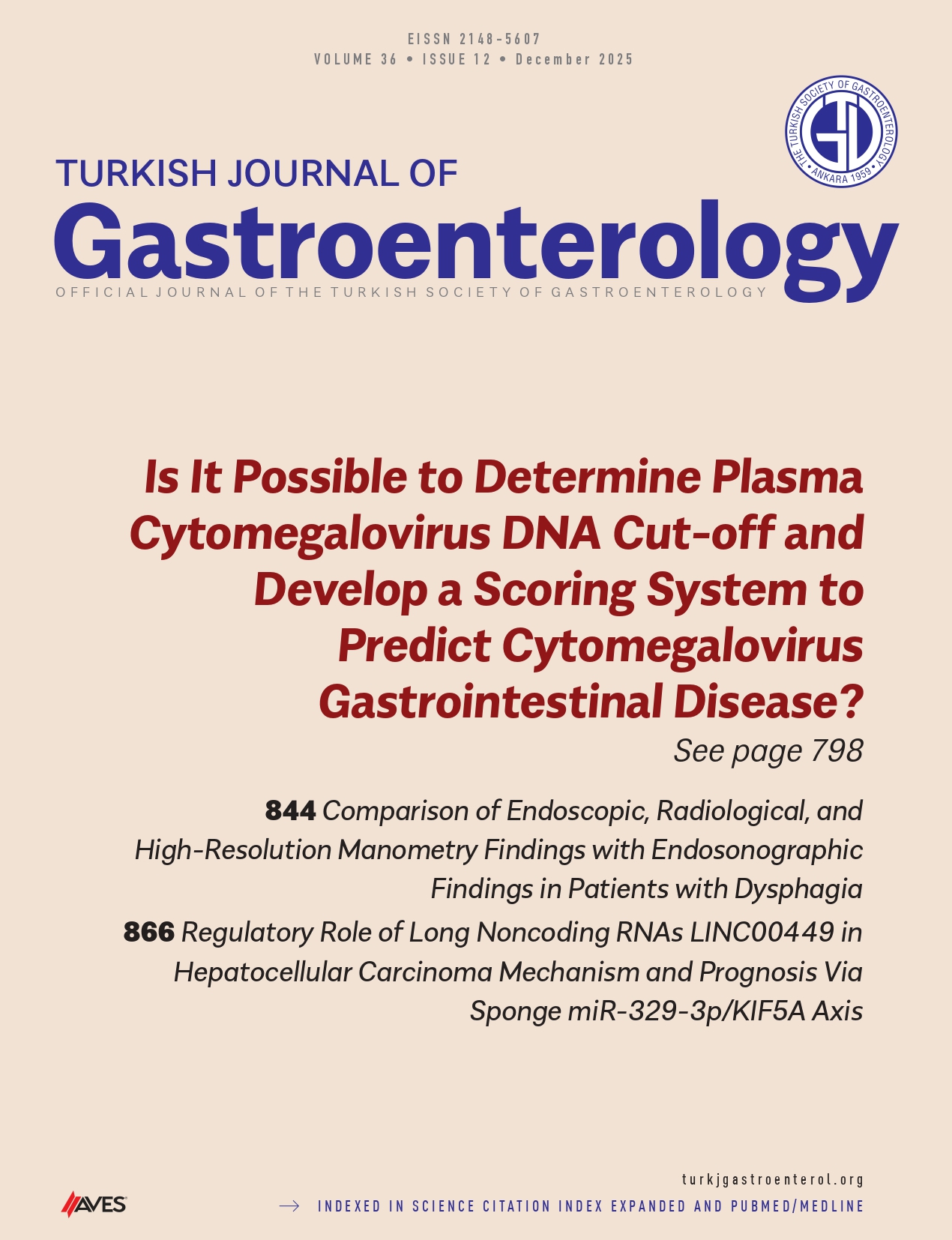Abstract
Background/Aims: Insulin-like growth factor II mRNA-binding protein 3 (IMP3) is an oncofetal protein with vital function during human embryogenesis in terms of cellular growth and migration. Although it has minimum and undetectable expression in human adult tissues, it is highly expressed in various types of cancer. Few studies have recommend application of IMP3 expression to diagnose challenging cases of esophageal adenocarcinoma. This survey was aimed to evaluate the benefit of IMP3 expression detection in the diagnosis of esophageal adenocarcinoma and high-grade dysplasia by using immunohistochemistry (IHC).
Materials and Methods: An immunohistochemistry study of IMP3 oncofetal protein was performed on paraffin-embedded blocks of 76 cases, including Barrett’s esophagus, esophageal squamous epithelium, Barrett’s esophagus with low-grade dysplasia, Barrett’s esophagus with high-grade dysplasia, moderately differentiated esophageal adenocarcinoma, and poorly differentiated esophageal adenocarcinoma. Two pathologists reevaluated the diagnosis and evaluated the positivity and intensity of the IHC staining as well.
Results: Insulin-like growth factor II mRNA-binding protein 3 expression was intensely positive in all cases of esophageal adenocarcinoma and Barrett’s esophagus with HGD. Only mild positivity in 30% of Barrett’s esophagus with LGD was seen. However, Barrett’s esophagus and esophageal squamous epithelium had, in fact, no IMP3 expression.
Conclusion: The percentage and intensity of IP3 IHC staining showed a significant difference between high-grade dysplasia and adenocarcinoma versus Barrett’s esophagus with low-grade dysplasia, Barrett’s esophagus, and esophageal squamous epithelium. Therefore, IMP3 oncofetal protein could be a very useful marker for the diagnosis of high-grade dysplasia and adenocarcinoma. However, to test the validation, a larger number samples is required.




.png)
.png)